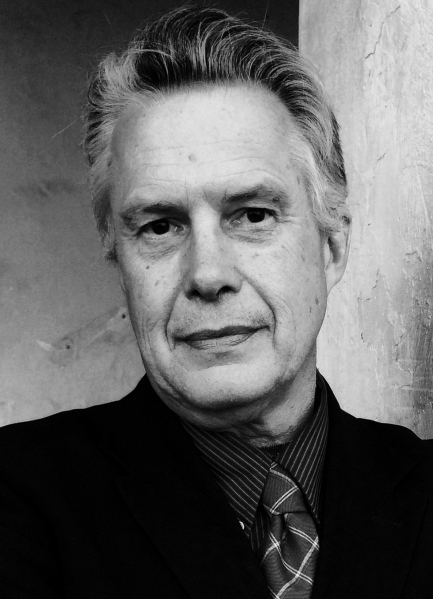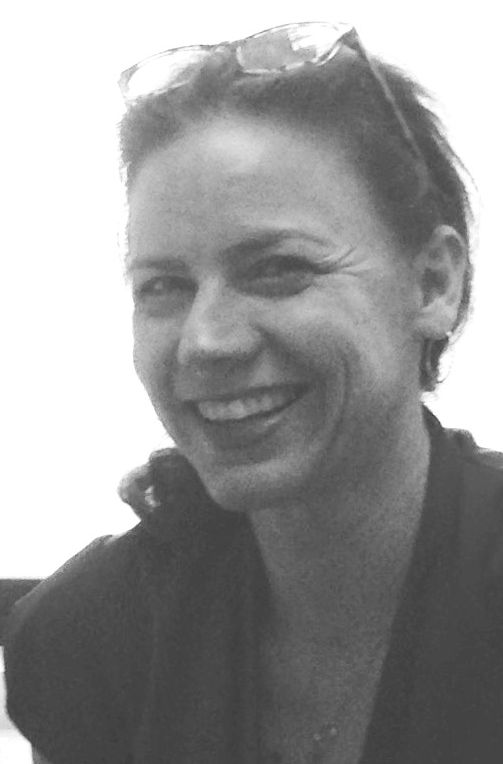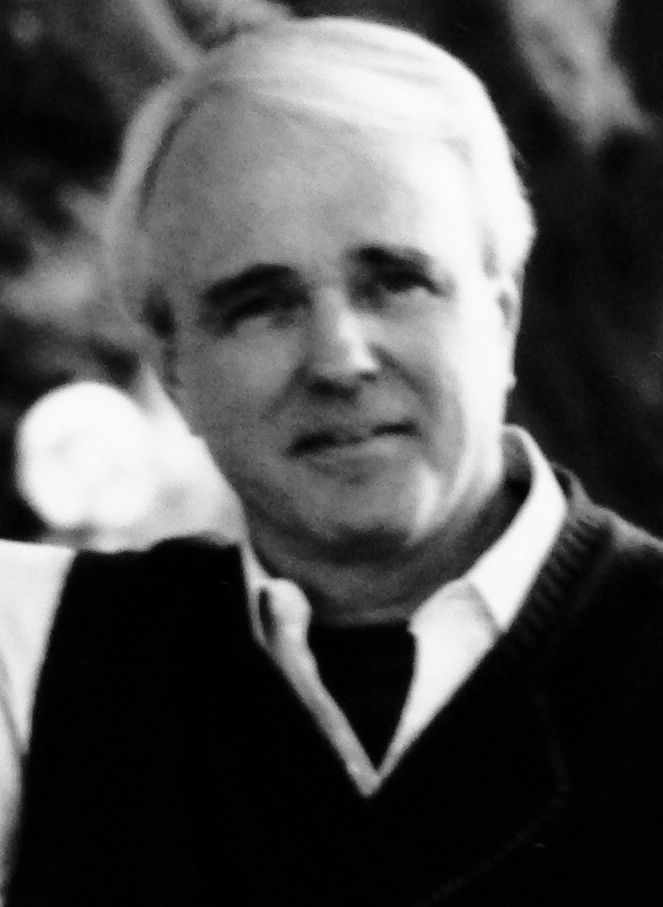A Workable Future



Anne Petersen realized as an undergraduate that for her, a career in history would be best experienced outside of a classroom. It was her second summer in college, and she was a volunteer at the Jackson Hole Museum and Teton County Historical Society doing an inventory of its Native American artifacts for possible repatriation to local tribes.
The work was “engaging” because it was about forming stronger relationships with tribes and realizing the museum wasn’t just a vessel for the past. The work “was about relationships and community identity in the present,” Petersen said. “Work in local history museums requires thoughtfulness about what you’ve collected, whose history you’re representing, what stories you choose to tell and who has the right to tell them. After that experience, I just put myself on a track to try to figure out how to make public history my career.”
Consider the track a success. Today, Petersen is executive director of the Santa Barbara Trust for Historic Preservation, a nonprofit organization that manages a number of significant sites of the area’s past, including El Presidio de Santa Bárbara State Historic Park. One of the keys to realizing her dream, she said, was the Public History doctoral program at UC Santa Barbara.
Now in its 40th year, Public History was conceived as a program for people with an entrepreneurial bent who didn’t want to teach. As envisioned, a Public History graduate degree — it was originally a master’s degree — would prepare its graduates for careers outside academia while providing them with the rigorous training of a top-tier research university.
James F. Brooks, a professor of history and of anthropology at UCSB and editor of The Public Historian, the discipline’s national journal, noted that program graduates go on to a wide range of professions in the public and private sector, including archival work, legal and environmental research, museum administration and more. Indeed, the historian of the U.S. Senate, Betty Koed, is a UCSB Public History alumna. “There any number of things that require well-trained researchers who know how to think and write,” he said. “Those are the things that it takes to be a professional historian, but it takes time to learn those skills.”
“I think what UCSB has done is emphasize we are training historians first, who have additional skills,” said Sarah Case, managing editor of The Public Historian and a lecturer in the history department. “It’s an additional toolkit, but they have to be good historians, and that’s something the founders really emphasized. You have to do everything traditional academic historians do. You have to learn how to read evidence, understand historical thinking and be an analytical writer, and in addition, be able to be flexible, entrepreneurial, to understand how to communicate outside the academy.”
A Little History
Robert Kelley and Otis L. Graham Jr., then history professors at UCSB, are credited with founding what is the nation’s first Public History program in 1976. But Graham, today a professor emeritus, insists he was merely a helpful bystander in the process. “There was inspiration, and it came to Bob Kelley, not me,” he said.
Graham recounted how one day in the mid-1970s Kelley walked into his office and talked about the years he’d spent doing lucrative consulting work for a team of lawyers after getting his Ph.D. in history from Stanford University. “He came in that day to tell me that he had been thinking about the meaning of his own involvement,” Graham said, “and he decided UCSB was missing a chance to have some intellectual and policy impact because they hadn’t thought it through.
“He pointed out we were not getting the jobs for our graduate students that we wanted, and that many of them were going through expensive, difficult programs and then not getting employment as professors,” Graham continued. “Bob decided that the entire history profession was much too unimaginative about taking the initiative to get jobs in the private sector, off campus, never teaching.”
Kelley, whom Graham called “a unique human being,” wasted no time. He wanted to find out what other universities were doing — some had what they called “applied” history programs with similar goals — and decided to survey the national landscape. “The first step Bob took was to call the Rockefeller Foundation and say, ‘Give me some money to hold a conference to find out what’s going on in America.’ ”
The resulting conference in Montecito in 1976 was a rousing success that served as a springboard for Public History programs around the country. “People talked about it for months,” Graham said. “It was a critical early step.”
Today, more than 240 schools have Public History programs, both graduate and undergraduate, and Kelley, who died in 1993 after 38 years at UCSB, was the movement’s driving force, Graham insisted. “Santa Barbara was always No. 1, and we were recognized as the first,” he said. “And Bob Kelley was our guy. He saw a future for young people who loved history and wanted to make a living at it.”
The Humanities at Work
UCSB’s Public History program evolved over time. The master’s program ended in 1994 in favor of a Ph.D. track. The university now partners with Sacramento State University, which offers a master’s degree in the discipline. A collaboration between a Cal State school and a UC campus is unusual, but Sacramento State’s program gives its students the opportunity for real-world experience. “Students there really get a lot of very hands-on training, working with state sources in the capitol, working with state archives,” said Case, who was part of the last master’s cohort at UCSB. “It’s much more concrete, practical training.”
That focus on the earthly, rather than the ethereal, is a hallmark of UCSB’s Public History program — and increasingly the campus’s approach to the humanities. The university, for example, received a grant from the National Endowment for the Humanities to kick-start its ambition to retool graduate programs toward training for a broader range of careers. John Majewski, the Michael Douglas Dean of Humanities and Fine Arts at UCSB and a professor of history, leads that effort.
“We are very proud of our Public History program, which was the very first in the nation and continues to be one of the most innovative and unique programs in the nation,” Majewski noted. “The Public Historian, which continues to be the leading journal in this growing field, is an especially vital resource for interdisciplinary scholarship and training. In this era of fake news, alternative facts and bitter political division, it is more important than ever to understand how people, cultures and nations remember the past, and for us as scholars and teachers to thoughtfully engage with those memories.”
Public History, Brooks said, is perfectly positioned to lead this transformation in academia. “Not only are we 40 years old, but because of this reorientation toward public humanities, we have a program and a proven vehicle to help the university be in the forefront of that movement. We’ve been doing it. We don’t have to scurry and train ourselves.”



